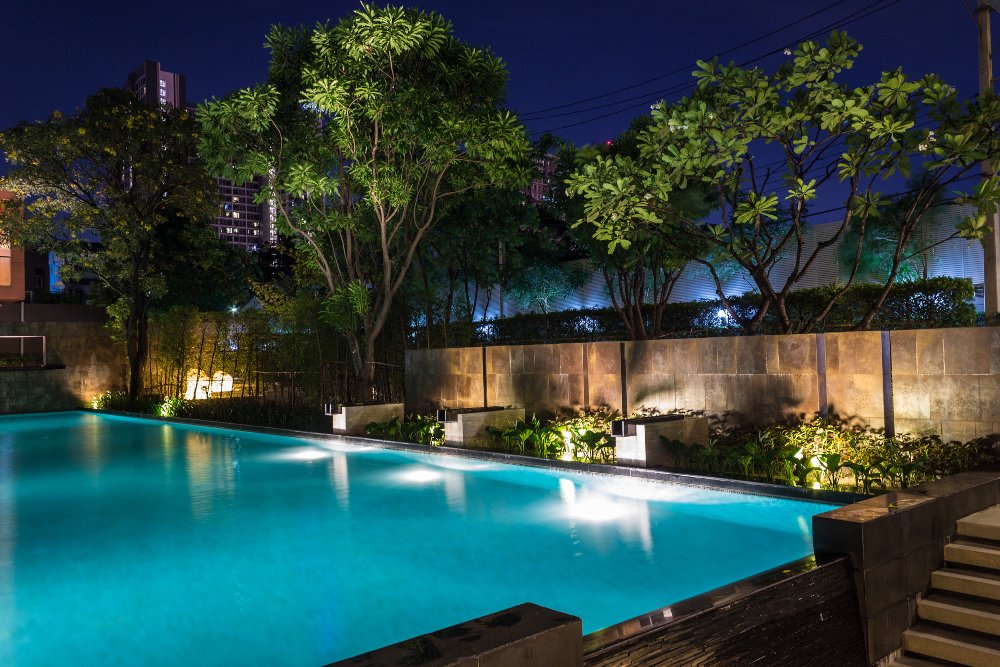
If you’re planning an outdoor Christmas light installation this season, there are a few things you need to know. These include the cost, materials, and safety considerations. Plus, you’ll need to consider LED vs. Incandescent lighting options. Keep reading to learn more about outdoor christmas light installation.
Cost of outdoor christmas light installation
The cost of outdoor Christmas light installation can be expensive, depending on how large your house is and how many lights you want to install. You should find out what your budget is before calling a professional. Some holiday lighting installation professionals charge a fixed rate. In addition to the initial cost, you may want to look into package deals and ask about possible discounts.
A standard package can cost between $80 and $300. If you are doing it yourself, you can save money by purchasing lights from a discount store. However, professional installation services usually charge by linear feet, so if your home is about 2,000 square feet, it could cost up to $1,200.
Materials needed
Choosing the right materials for outdoor Christmas light installation is crucial. You’ll need lights, bulbs, and shades that are rated for outdoor use. You can use incandescent lights, which offer the classic warm glow, or energy-efficient LED lights for significant energy savings. If you’re hanging lights on columns or railings, look for universal or adhesive clips.
Before beginning your outdoor Christmas light installation, make sure you measure the area. Also, consider your power source and the length of extension cords needed to reach all areas. To make sure you have enough power, you can plug in a small string of lights to test the cords before hanging them. This way, you can see the effect of your work as you go.
Safety considerations
Whether you’re hanging outdoor Christmas lights on your home or a commercial property, there are several safety considerations to keep in mind. One of the most important is using the appropriate type of lights for outdoor use. Also, be sure to use extension cords designed for outdoor use. You should also consider purchasing LED lights, as these are cool to the touch, and are more energy-efficient.
Before you start hanging your outdoor Christmas lights, be sure to use a ladder that is the right height for the job. Be careful not to stand on the ladder’s upper rung, and always place the ladder on a flat surface. You should also ensure that you use insulated wire holders. Also, avoid using nails or screws to attach the lights. You should also make sure that you are not installing Christmas lights near power lines.
Incandescent vs. LED options
Choosing between incandescent and LED lights for your outdoor Christmas light installation can be a tough decision. LED lights are safer, last longer and produce less heat. This is important because extremely hot bulbs can easily start fires. Also, LED lights can be connected end-to-end without overloading your electrical system.
In addition to being more energy-efficient, LED lights come in a variety of colors, sizes, and lengths. Although LED lights were initially more expensive than incandescent bulbs, they are now nearly as bright and can save you money on your energy bills. Plus, LED lights don’t need to be replaced as often. On average, LED bulbs cost between $6 and $25 per strand, while incandescent bulbs cost between $4 and $10 per strand.
While LED lights have some advantages, they are not as bright as incandescent lights and don’t produce the same aesthetic effect. LED lights are available in cool, warm, and daylight white hues. Warm white LED lights have a slightly amber tint, while cool white is a true white.
Timer options
Adding timers to outdoor Christmas light installations is an excellent way to automate the lighting display. They help homeowners and businesses save energy and minimize the number of hours that the lights are on. Furthermore, they can also help reduce the risk of strands or bulbs burning out. This can be a huge benefit, especially if you have an elaborate setup.
There are several different types of timers available. Some are smart phone compatible, so you can turn the lights on and off remotely. Others are plug-in timers that let you set a timer and forget it. The latter, however, may require you to reset the timer if you unplug it.

